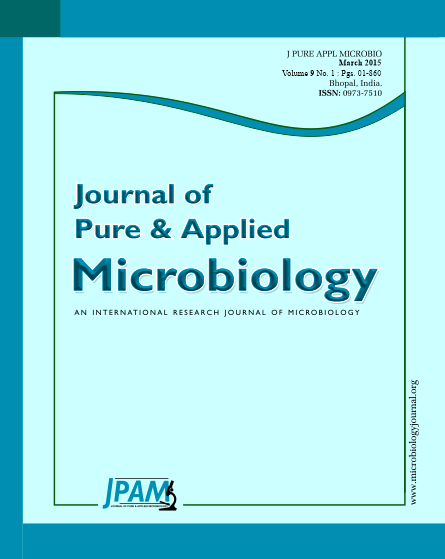Water is one of the most important elements for all forms of life. With the general population concerned with polluted water, tendencies toward purchasing bottled water and water filtration systems are high which is the basic need for life and questions are being raised as to whether fluoride and bacterial content in public water supplies is affected by these filters. The objective of this study was to determine and compare fluoride level by spectrophtometric method and bacterial count by CFU (colony forming units) in tap water, reverse osmosis purified water and non-reverse osmosis purified water. Results of this study showed that the mean fluoride level was 0.06±0.04 in reverse osmosis purified water, 0.18±0.06 in non-reverse osmosis purified water, 0.20±0.06 in tap water. Mean bacterial count was 3.8±3.70 in reverse osmosis purified water, 8.66±6.63 in non- reverse osmosis purified water, and 21.6±5.31 in tap water. Considering the beneficial effects of fluoride on dental caries prevention, this paper highlights that when drinking water is subjected to water purification systems these system reduced fluoride content significantly below the optimal level along with reducing the bacterial count and playing a major role in initiation of dental caries.
Water purifiers, Tap water, Reverse osmosis (RO), Colony forming units (CFU), Point of entry (POE), Point-of-use (POU), Parts per million (ppm)
© The Author(s) 2015. Open Access. This article is distributed under the terms of the Creative Commons Attribution 4.0 International License which permits unrestricted use, sharing, distribution, and reproduction in any medium, provided you give appropriate credit to the original author(s) and the source, provide a link to the Creative Commons license, and indicate if changes were made.


